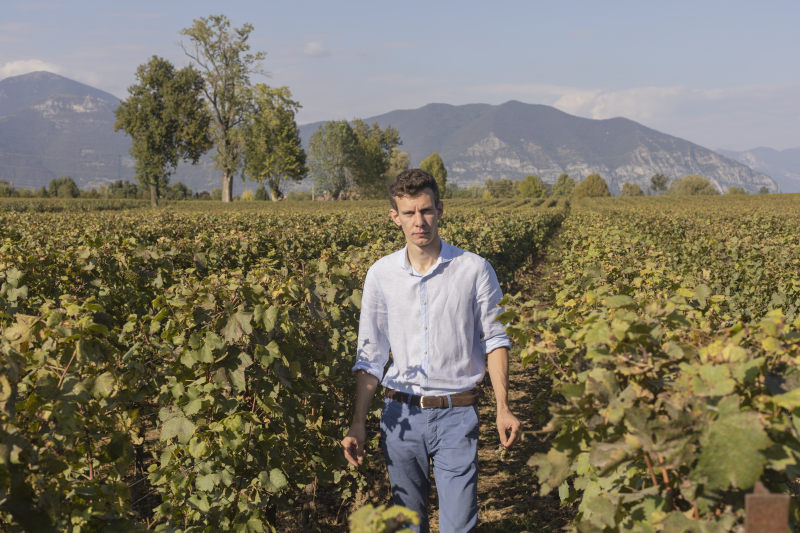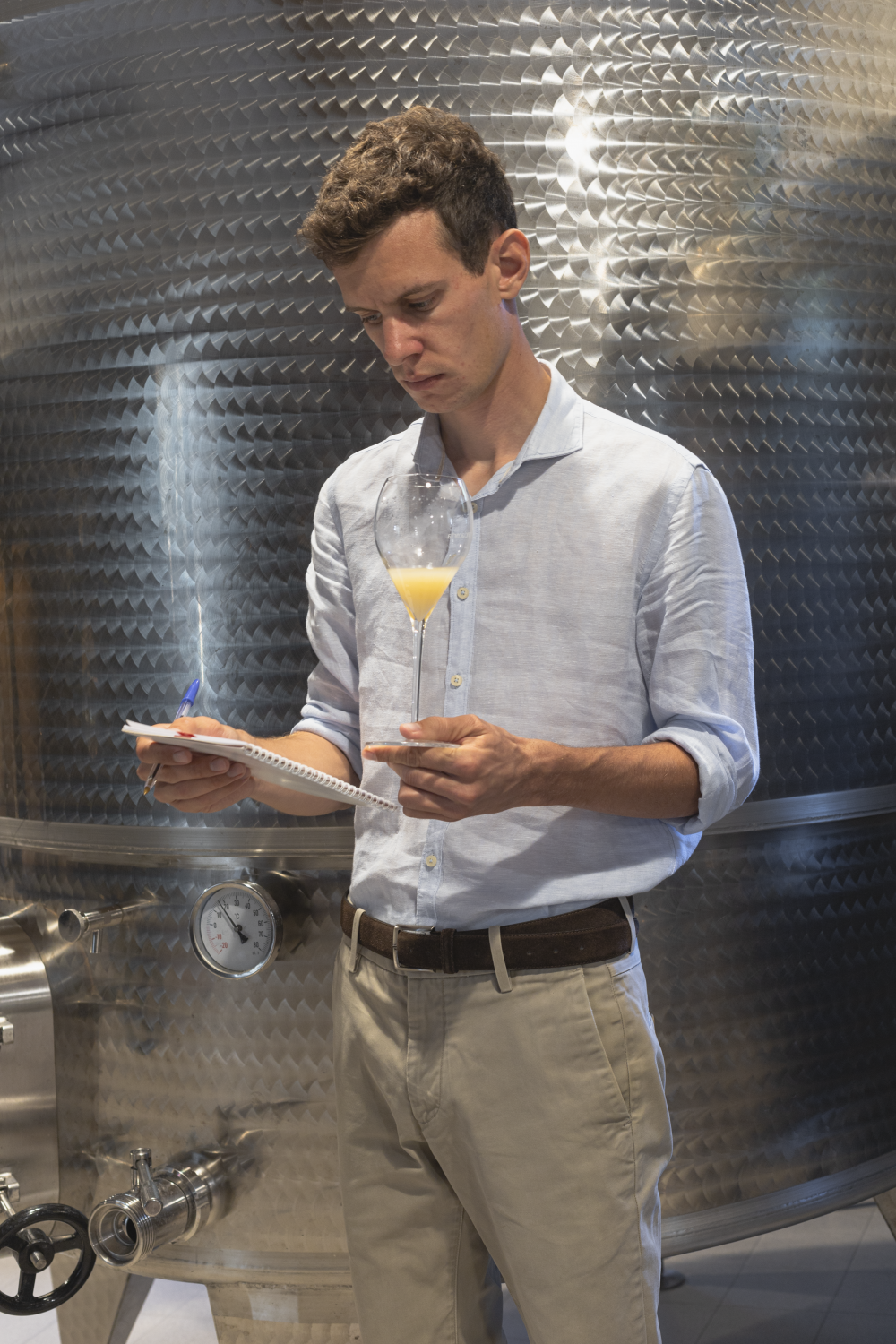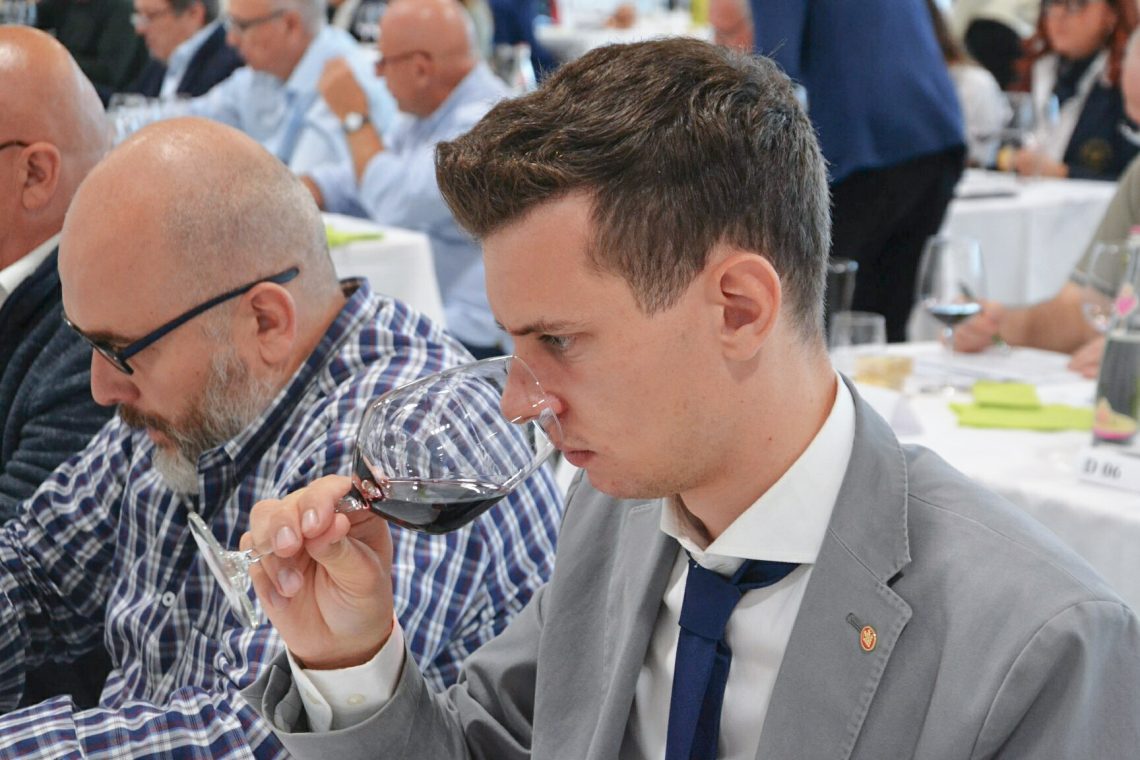The Wolf Post, supported by a Cultural Association, offers a professional service with free access, without subscription.
For this reason, a donation would also be a sign of appreciation for our work.
The primary goal of an oenologist is to be able to give the owner of the winery and, therefore, also to the final consumer, the “perfect wine”, enhancing and optimizing the fruit of the gods: the grapes.
Does the “perfect” wine really exist? Someone has defined the perfect wine as that which meets the favor of producers, others that of consumers. There are also those who argue that the perfect wine is the one without defects. Yet, we know that, sometimes, a small imperfection can turn into an added value, an example of all “bretted” wines, loved and hated at the same time.
By adding a new chapter to the column, which gives a voice to winemakers, we turn to the most authoritative source to understand if the perfect wine exists and to what extent.

© Gabriele Valota Enologo
Who better than an oenologist can know the fatigue and the many variables that affect the production of wine from the vineyard to bottling. Yet, often, the most ruthless judgments about wine come from those who only taste the final product without having witnessed the entire production process. For this reason, only an oenologist can really know if there is a “perfect” wine and when it can be defined as such, according to his experience.
Personally, I think there are no perfect wines. Perfection is defined as: “the state of what is flawless and cannot be improved upon”.
The oenologist, as an accredited professional in the sector, can only define and search for characteristics that, in his humble opinion, may be ideal for a specific grape variety, terroir, consumer target, market, etc.
In my opinion, to strive for perfection, a wine must not only be analytically correct and without defects (objective parameter) but must also know how to excite (subjective parameter) the greatest number of consumers.

© Gabriele Valota Enologo
Is there a defect that you are particularly afraid of?
No, all defects are to be feared. If wines are neglected, even the most correctable of defects can turn into something difficult to recover and/or mask.

© Gabriele Valota Enologo
What are the operations, or strategies, that you implement to prevent this problem from arising?
In the vast majority of cases, a correct cleaning and sanitizing protocol prevents most defects caused by chemical and microbiological contamination. In addition to what I define as “good cellar practices”, I believe that sensitivity and meticulousness in controlling the grapes and monitoring each phase of the winemaking process, especially in the most critical phases, are also fundamental.
In the worst case scenario, the drawbacks can be eliminated or masked with oenological adjuvants or through the art of “blending”.

© Gabriele Valota Enologo
Your thoughts on “Brett” wines: are they undoubtedly defective wines or are they an interesting experience?
The 4-ethyl-phenol and 4-ethyl-guaiacol, produced by the metabolism of the Brettanomyces yeast, are one of the defects that I absolutely tolerate least because they can be easily prevented with a correct and scrupulous sanitization of the wine vessels and with the frequent monitoring of the aging. of wines.
The “brett”, like many other defects, only leads to the approval and standardization of the sensory profile of a wine. I don’t understand how many consumers find it interesting. Would you like to eat from a badly washed dish? Would you like to drink from a dirty glass? Personally, no. The same goes for a wine produced in a dirty barrel.








